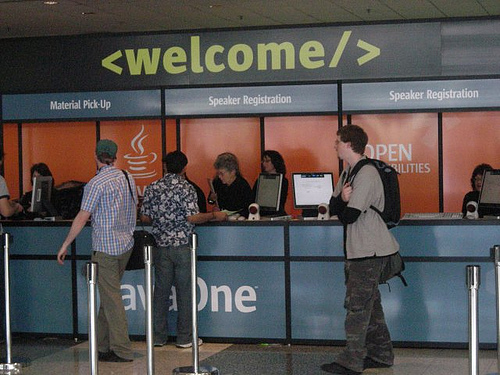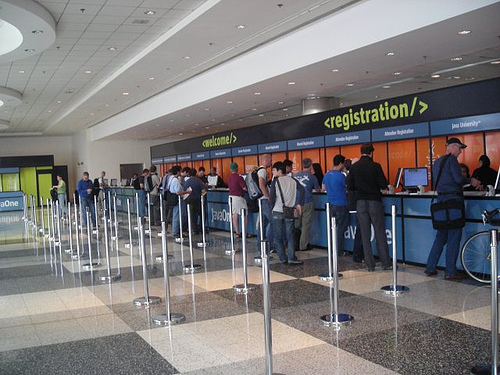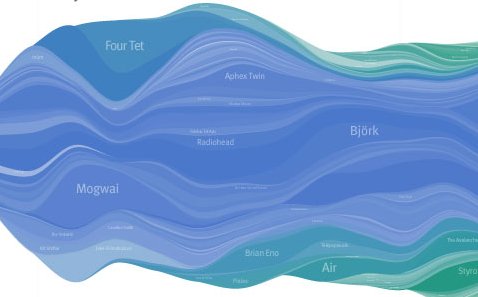At JavaOne this year I went to a lot of talks, at least 30 of them. After a few of them I started to notice some very bad patterns, antipatterns if you will, in many of the talks. These are things one should never hear or see in a talk. JavaOne was filled with them, even from some very high profile speakers, from some very visible companies (and yes, many of them were from Sun). If you are going to give a talk at JavaOne, please don't adopt these practices:
- Give the same talk as last year. Yep, I saw two very well attended talks (1,000+) attendees, where the subject matter (and even the slides) of the talk was the same as last year's talk.
- Tell us about your broken demo - if you are not showing a demo because it is broken, don't even bother telling us about it. One talk had 4 demos in the slides, but 3 of them were missing, broken, or never written.
- Tell us your demo is cool. I'll be the judge of
what I think is cool. One talk started with the speaker
telling us he was going to 'knock our socks off', yawn.
- Tell us you are skipping content because you ran out of time - If you are running out of time, adapt, but don't narrate the process.
- Forget what was in your talk. During one very high profile talk, the speaker got to a slide that said Demo. The speaker said ... hmmm I wrote these slides two months ago, I'm not sure what I was thinking about when I wrote this slide. My advice - practice your talk, if you find a slide for a demo that you can't remember, delete the slide (they let you delete slides right up until your talk).




